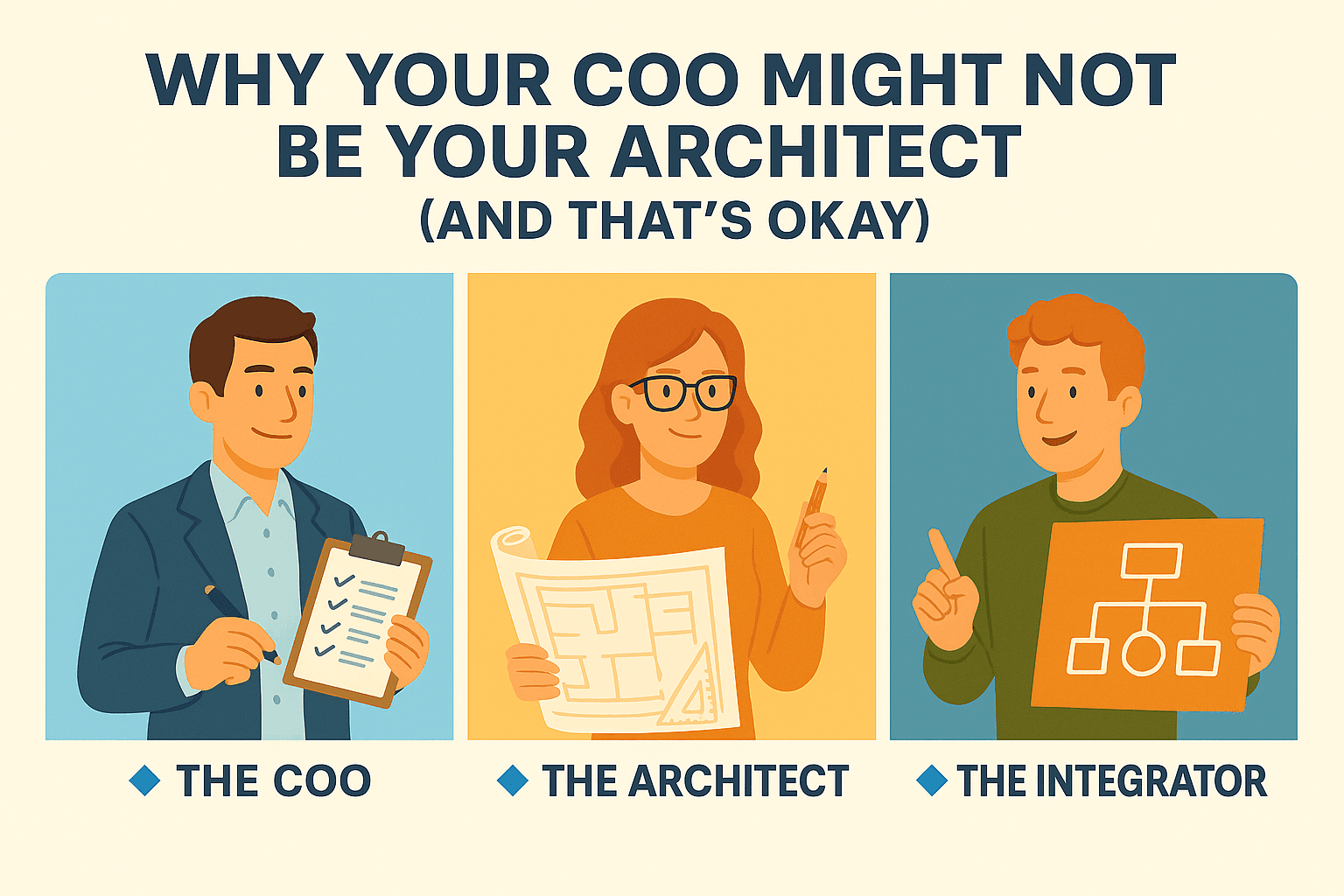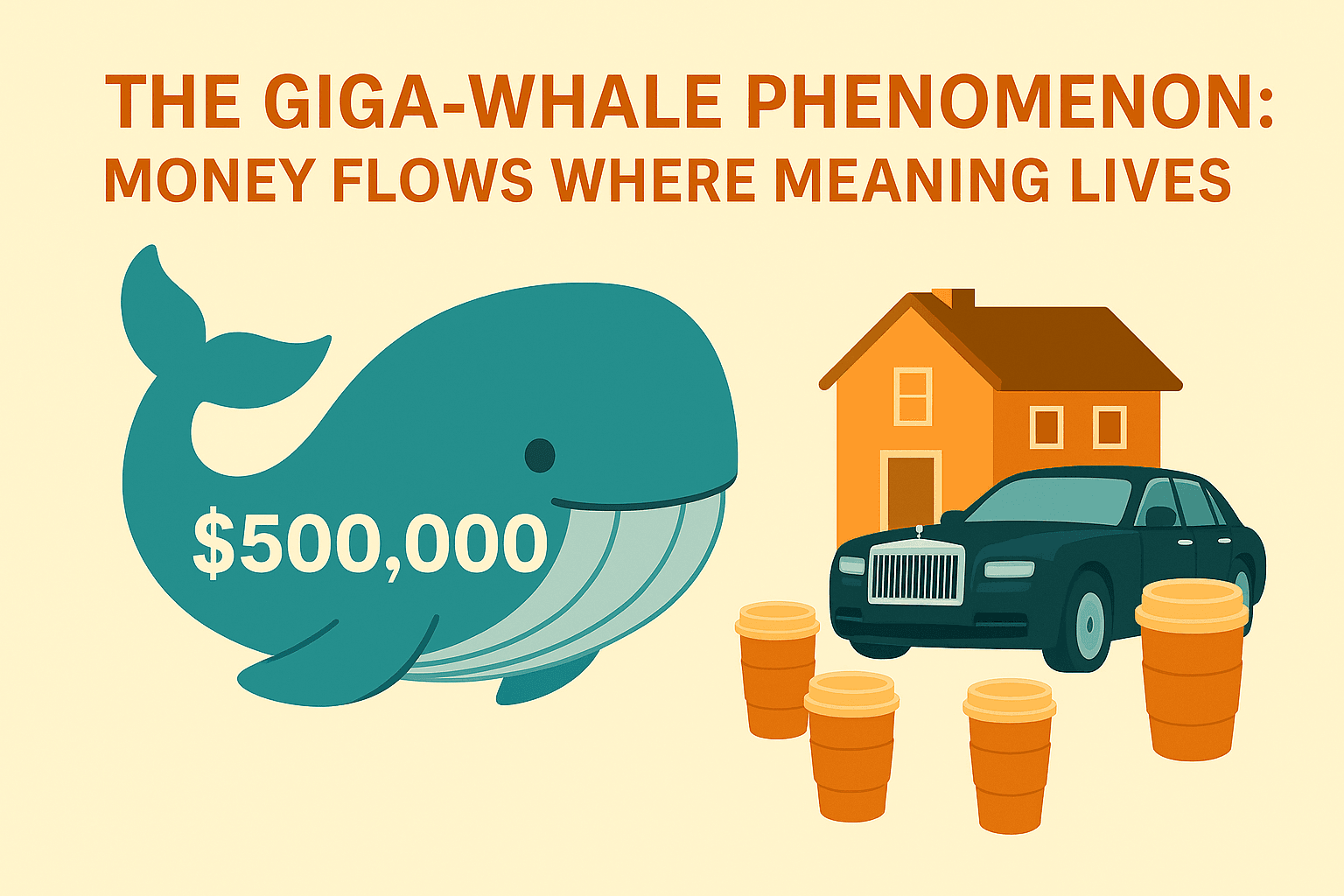Form Gets You Noticed. Function Keeps You Trusted.

You walk into a restaurant with marble floors, glowing chandeliers, and a maître d’ who greets you by name. The air carries the faint scent of truffle and rosemary. Plates arrive looking like art exhibits — colors arranged with precision, sauces painted across porcelain. Your expectations soar. But after waiting thirty minutes, the first bite is flat. No seasoning. No spark. No soul. You leave disappointed — and you don’t return.
Now flip the script. Another restaurant has wobbly chairs, no décor, and menus photocopied onto flimsy paper. The hum of conversation mixes with the clatter of the kitchen. But then the food arrives — sizzling, aromatic, bursting with flavor. Each bite feels alive. You forgive the flaws because the function — the substance — makes the experience. You bring friends back.
That’s the tension between form and function.
What Do We Mean by Form and Function?
Form is the visible layer: design, polish, story, energy, charisma. It’s how something looks and feels. In people, form is their reputation, presence, and presentation — the way they show up in the world.
Function is the invisible backbone: systems, processes, execution, reliability. It’s how something actually works. In people, function is their ability to perform, follow through, and bring real intellect or expertise to the table.
👉 Without form, no one notices.
👉 Without function, no one stays.
Form and Function in the Real World
Most of the time, success comes from balancing both. But sometimes leaning heavily to one side is acceptable.
And we see this contrast everywhere:
- A quick car repair under the hood doesn’t need to look pretty — it just needs to work (function > form).
- A shiny sports car replica with no engine? Great for photos, but it goes nowhere (form > function).
- A stunning house with leaky plumbing (form > function).
- A flawless tool that’s so clunky no one bothers using it (function > form).
An extreme on its own can work when that’s all that’s expected — but when one side is missing where the other is needed, it leaves us frustrated, disappointed, or disengaged. The magic happens when form and function meet. That’s when trust builds.
The Business Systems Lens
Every organization has two layers:
Form = the “show” — what people immediately see and feel when they encounter your organization. It’s the brand, the storefront, the pitch deck, the tone of your emails, and the presence of the leader in the room. Clients, donors, customers, and employees all notice it.
Function = the backbone — how things actually get done. It’s the systems, workflows, and handoffs, the quality of the product or service, and the follow-through in customer service. It’s not always visible, but it’s what delivers on the promises.
Here’s the danger:
- Form without function is fragile. It looks good but collapses under chaos and pressure.
- Function without form is invisible. It works well but gets overlooked, undervalued, or ignored.
Together, they create momentum.
Case Studies: When Form and Function Align
- Apple: The iPhone wasn’t just a beautiful device (form). It worked seamlessly with the App Store and ecosystem of services (function). Form made it iconic. Function made it indispensable.
- Tesla: The cars turned heads with their original design (form). But owners stay for acceleration, performance, and over-the-air updates (function).
- Amazon: Not the prettiest site (form), but one-click checkout and Prime delivery (function) built one of the strongest loyalty engines in business.
The lesson: companies that scale sustainably may lean on one side at times, but never for long. They know lasting success requires both ingredients working together.
Leadership: The Human Example
This isn’t just about products and brands — it’s about people.
Think about leaders you’ve worked with:
- Some were magnetic, inspiring, and could command a room — but lacked follow-through. Charisma without substance. They eventually lost trust. In the worst cases, these were the narcissists and pathological liars: brilliant storytellers who made people feel good in the moment but consistently broke their promises and burned bridges.
- Others had airtight knowledge, systems, and reliability — but no ability to communicate vision or inspire. Substance without charisma. They struggled to move people forward. Picture the “super-nerd” type: brilliant at fixing problems, with a wealth of knowledge, but unable to spark excitement or mobilize others into real action.
The leaders who endure are those who inspire and deliver. They combine presence with process, style with substance.
The Nonprofit Lens
Nonprofits often wrestle with this tension too.
- A nonprofit with gorgeous branding, polished videos, and inspiring campaigns (form) — but messy programs, weak reporting, or no real results (function). Donors eventually leave for organizations that can actually deliver on their dollars.
- Another with incredible programs, dedicated staff, and measurable outcomes (function) — but no story, no polish, and no ability to attractively demonstrate what they impact (form). They struggle to raise money because they don’t capture an audience that believes in them, even though they can deliver.
In both cases, the imbalance is costly.
- Too much form? You get hype, but not trust.
- Too much function? You can deliver results when tested, but you struggle to attract attention.
The nonprofits that thrive master both. They move hearts and prove impact.
The Takeaway
If you only polish the outside, your business becomes all talk.
If you only build the inside, your work gets ignored.
The best leaders and organizations know this simple truth: Form attracts. Function sustains.
When you bring them together, you stop chasing quick wins and start building something that lasts.
💡 Food for Thought:
In your world — business, leadership, or nonprofit — what kills trust faster: weak form or weak function?



![Built Broke: 6 Habits That Are Keeping Nonprofits Broke (Part 1) [Built to Break Series]](https://operationninjas.com/wp-content/uploads/2025/08/ChatGPT-Image-Aug-26-2025-03_46_42-AM.png)
